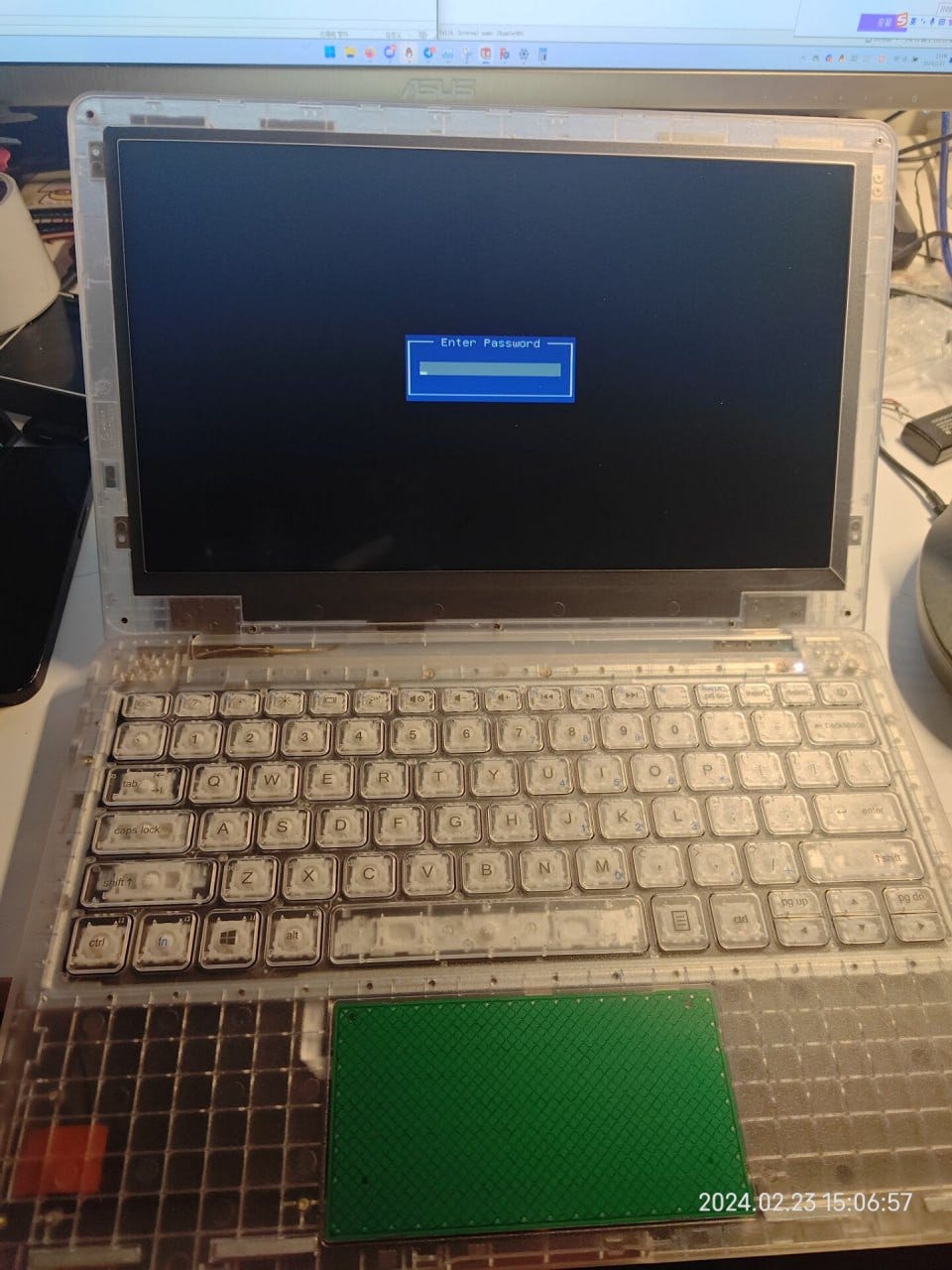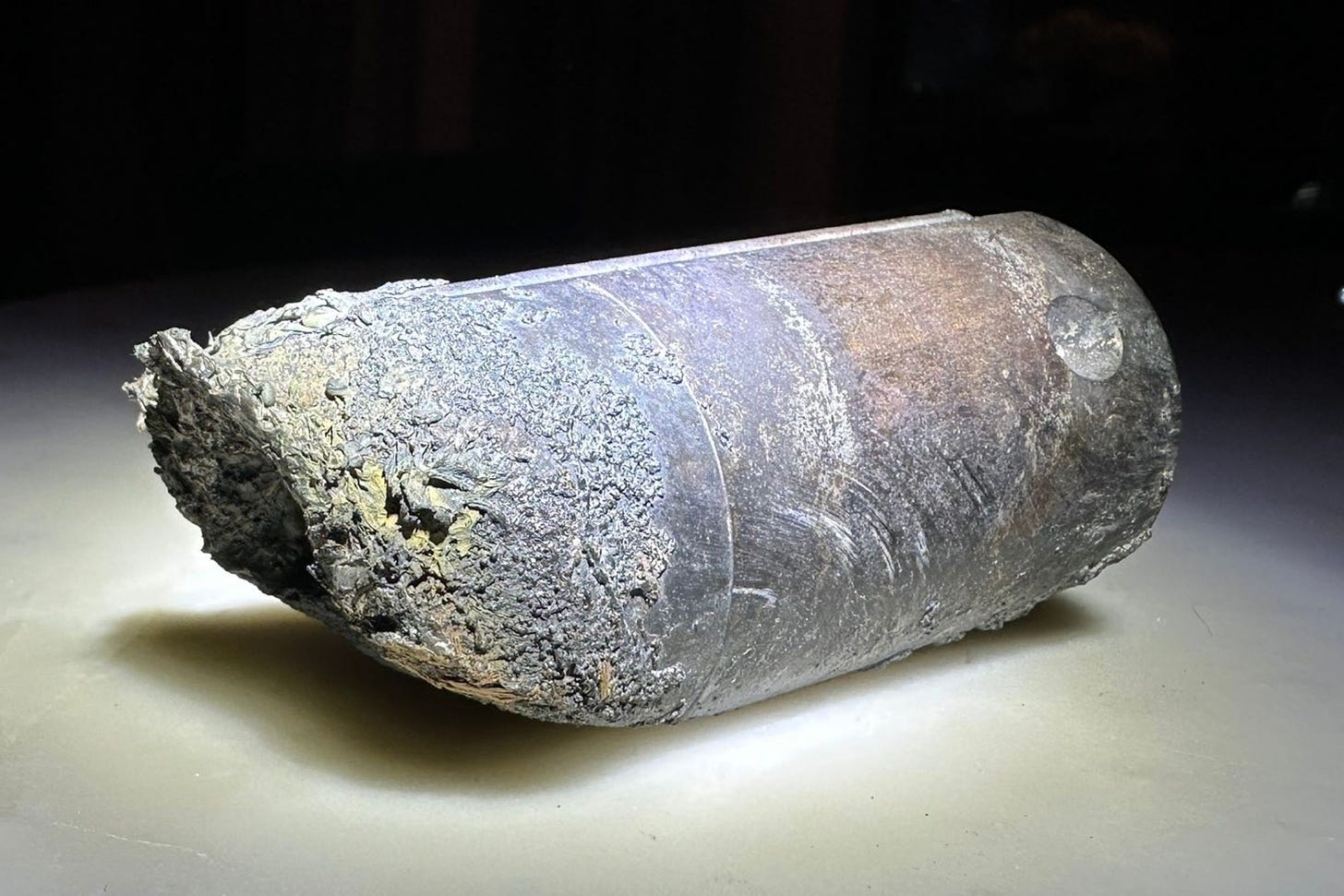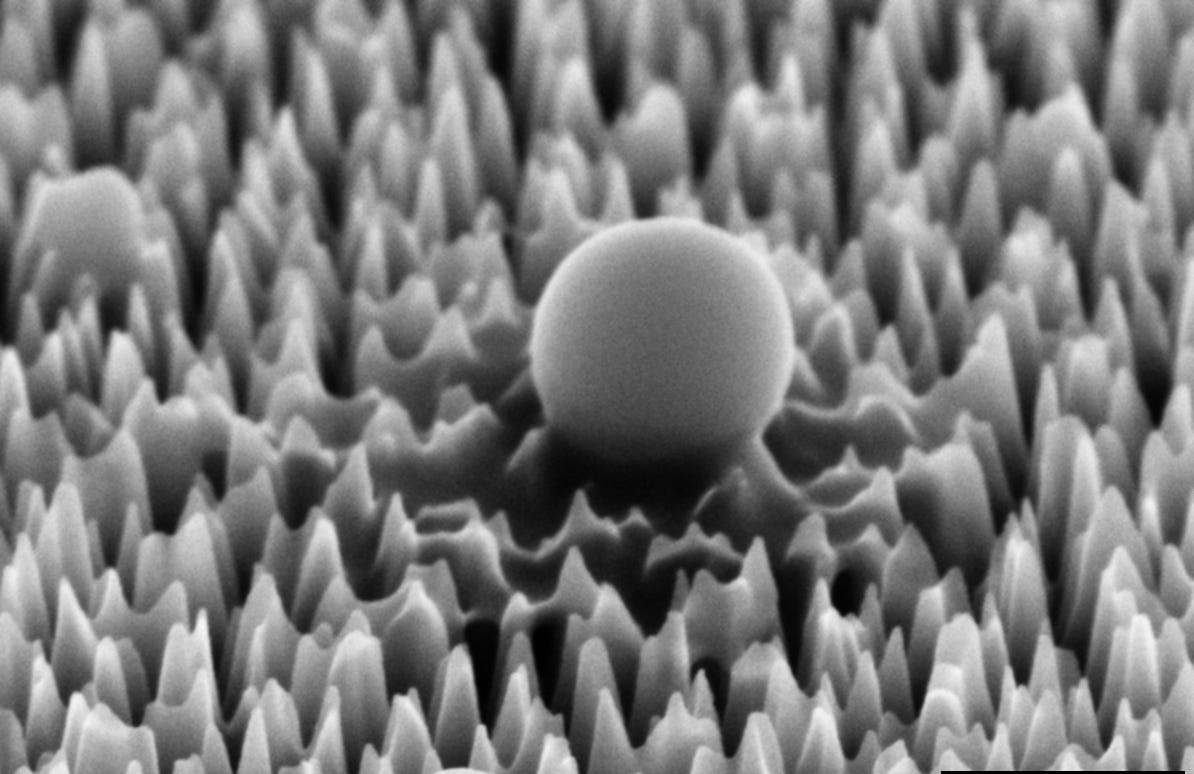#40: Prison Laptop, Sea Monsters, Baby Cries, Robots, Renewables, Space Debris Crash, Lunar Regolith, and more!
Hi everyone!
Ever since I bought an old Macintosh Plus from 1986, I’ve been thinking about the inefficiency of modern software. Allow me to go on a rant (or skip this part completely).
My Macintosh Plus only has 1MB of RAM but it has no problem running the word processor MacWrite. It supports all the basics, like formatting text and using multiple fonts. Frankly, that’s enough for most of my word processing needs.
What boggles my mind is that MacWrite is just 100KB in size. By comparison, Microsoft Word is 2.37GB in size. That’s 237,000 times bigger. Sure, Word has many more features, but is it really 237,000 times better? I don’t think so.
While digging through my current Mac, I found more examples of apps that seem bloated. The software to configure my Logitech mouse is 800MB in size, and a simple chat app chews up the same amount of memory just to display messages.
Another example: input latency. Dan Luu measured how much time is between a key press and a letter appearing on screen. His finding: the older the machine, the faster it draws characters.
It seems like most gains in compute performance are negated by slower, inefficient, and sloppy software. Why would you care about storage, memory, or processor usage when these get bigger and faster every year?
Anyway, sorry for the rant about software. Now let’s move on to the cool stuff I found on the internet in the past month.
Enjoy!
Xavier
🤓 Cool Stuff I Found on the Internet
How a Giant Excel Spreadsheet Slowed Down a Formula 1 Team
Struggling with Excel? Don’t worry, even F1 teams do! James Vowles revealed Williams was using a huge spreadsheet as an inventory tracker. It contained data on over 20,000 parts, but without crucial logistical information. This made it hard to locate parts and led to organizational disarray. The team is overhauling the inventory system now.
The inside of a prison laptop
This X user bought a prison laptop on eBay and shares his findings in a series of tweets. The device has no USB ports, requires a password to boot, and will only boot from certain hard drives. The buyer then goes out to break these protections.
Seabed 2030 aims to map the seafloor
Scared about the monsters under your bed? What about the ocean floor? Only around 30% of the ocean floor has been mapped so far, and the project Seabed 2030 aims to map everything by the end of this decade. Who knows the secrets this might reveal?
🧠🤖 Artificial intelligence
AI translates baby cries
Cappella is a startup that makes a smart baby monitor. It uses AI to "understand" baby cries and translate them so parents know what is going on. The model was trained on a dataset of baby cries (how sad) which were hand labeled by professionals. The app can detect if a baby is hungry, sleepy, angry, or uncomfortable. Over time, the company also wants to detect early signs of medical or behavioral conditions.
Boston Dynamics shows new humanoid robot
Many companies are building humanoid robots, because they can handle any task a human can. Boston Dynamics, just introduced an electric version of its Atlas robot. It ditches all the hydraulics, is sleeker, less clumsy, and has unprecedented mobility.
⚡️ Energy & Environment
Electricity grids can't cope with AI
Until now, the development of AI was constrained by chips. Everyone wants to run AI workloads, and Nvidia can't make enough chips to run them. But as they are catching up, a new chokepoint emerges: energy. Amazon chief Andy Jassy says there's "not enough energy right now" to run new generative AI services. Let's hope we can make AI workloads more energy efficient!
California fully ran on renewables for 30 days!
This headline is a bit misleading, but the Californian grid has been powered by 100% renewable energy for at least 0.25 to 6 hours per day! This is thanks to a combination of solar, wind, geothermal, hydro and battery power. Significant progress towards the goal of a net zero electricity grid by 2045.
👽 Space
Space junk crash landed on home in Florida
NASA has confirmed that a mysterious object that crashed into a Naples, Florida home last month was indeed debris from the International Space Station (ISS). The object was a piece of a cargo pallet of batteries that were discarded in 2021. NASA believed it would burn up in the atmosphere and is currently investigating why the object did not disintegrate as expected.
What Could We Build With Lunar Regolith?
The Moon’s powdery soil, lunar regolith, could be the foundation for future space habitats. This could reduce the amount of materials we would need to bring to the Moon to build out a base.
🏥 Health & Medicine
Genetically altered cow produces insulin
Scientists in Brazil successfully genetically modified a cow to produce human insulin within its milk. It's still a proof-of-concept for now, but it could revolutionize diabetes treatment by making insulin more affordable and accessible.
Spiked Silicon Surface kills 96% of viruses
Researchers made a virus-killing surface that could reduce disease spread. The silicon surface looks flat, but contains millions of spikes that are just 2 nanometers thick. These effectively trap and damage viruses as they come in contact with it. The material could be applied to commonly touched devices and surfaces to prevent spreading germs, and reduce the need for disinfectants.
Thank you for reading all the way to the end!
I’m curious about your feedback. Reply to this email and share your thoughts or suggestions with me!








